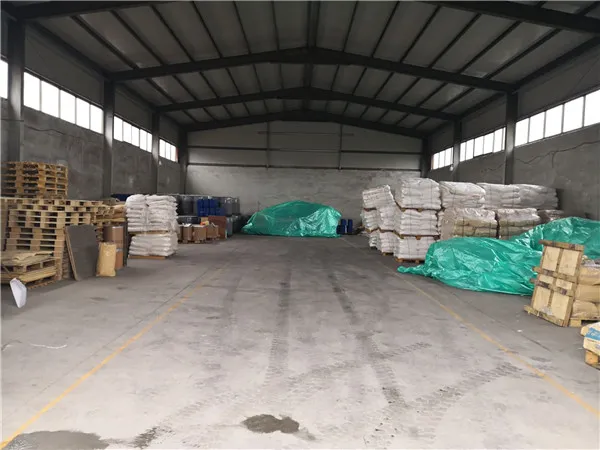Municipal water treatment plays a crucial role in ensuring that the water we use and consume is safe and clean. Water treatment facilities utilize a variety of chemicals during the purification process to remove contaminants, kill pathogens, and improve the overall quality of drinking water. Understanding the chemicals involved in municipal water treatment can provide insight into how water is made safe for public consumption.
One of the primary chemicals used in municipal water treatment is chlorine. Chlorine is a powerful disinfectant that effectively kills bacteria, viruses, and other harmful microorganisms. It is often added to water in the form of chlorine gas, sodium hypochlorite, or calcium hypochlorite. Chlorination not only disinfects the water but also helps maintain residual chlorine levels throughout the distribution system, ensuring that the water remains safe as it travels to consumers' taps.
Another important chemical in the treatment process is coagulants, such as aluminum sulfate (alum) and ferric chloride. Coagulants are used to remove suspended solids and turbidity from water. When added to water, these chemicals cause small particles to clump together, forming larger aggregates that can be easily removed during sedimentation. This process is vital for reducing the load on downstream filtration systems and improving the clarity of the water.
Flocculants are also employed to assist in the removal of particulates. These are substances that help aggregates formed during coagulation to settle more quickly. Common flocculants include synthetic polymers, which enhance the efficiency of the sedimentation process. By facilitating the removal of solids, flocculants play a key role in ensuring the water's clarity and reducing the risk of adverse reactions in subsequent treatment stages.
what chemicals are used in municipal water treatment

In addition to disinfectants and coagulants, municipal water treatment facilities often utilize lime and sodium hydroxide to control pH levels and chemically soften water. Maintaining an optimal pH is essential, as it affects the solubility of various compounds and the overall efficacy of the treatment process. Lime can also help remove hardness from water, reducing scale buildup in pipes and appliances. This step is particularly relevant for regions with hard water, where calcium and magnesium concentrations are high.
Moreover, anti-corrosive agents, such as orthophosphate, are frequently used to minimize the leaching of metals from pipes into the drinking water supply. These chemicals create a protective layer on the surface of pipes, significantly reducing the risk of corrosion and the possible release of harmful contaminants like lead and copper.
Lastly, advanced treatment processes may involve advanced oxidation processes (AOPs), which utilize chemicals such as ozone and hydrogen peroxide. These treatments are effective in breaking down complex organic molecules and removing persistent contaminants, including pharmaceuticals and endocrine-disrupting compounds.
In conclusion, the municipal water treatment process relies on a broad spectrum of chemicals to ensure that water is safe for consumption. From disinfectants like chlorine to coagulants and flocculants that aid in particle removal, these chemicals serve essential functions in purifying our drinking water. Understanding the chemistry behind municipal water treatment not only helps in appreciating the complexities of providing safe water but also underscores the ongoing efforts to protect public health and enhance water quality. As technology and regulations evolve, water treatment facilities continue to adapt, striving for improved efficiency and safety in delivering clean water to communities.

